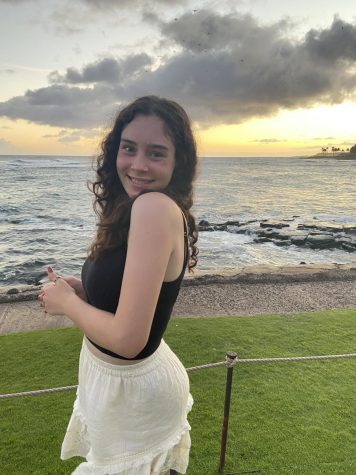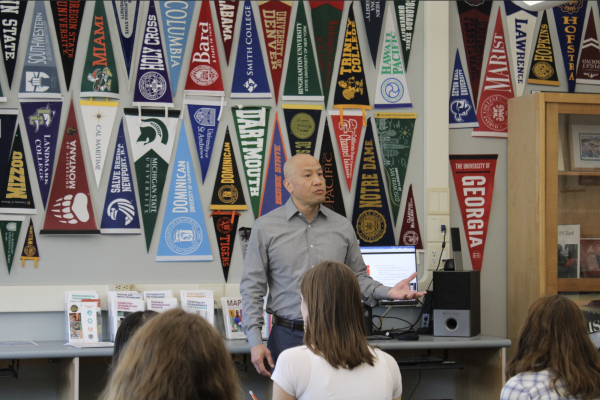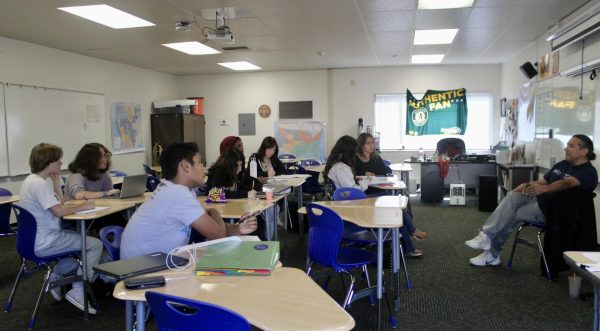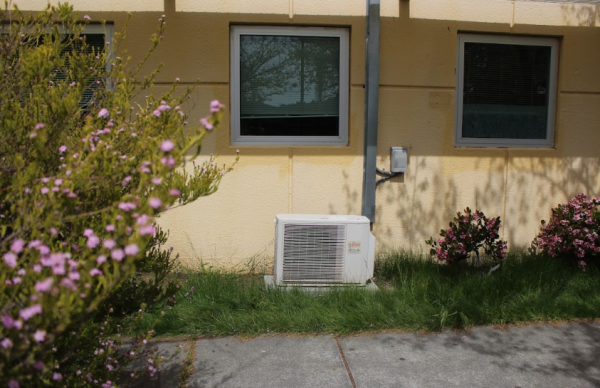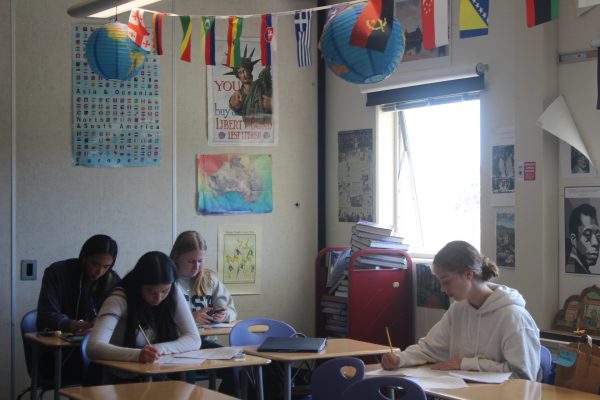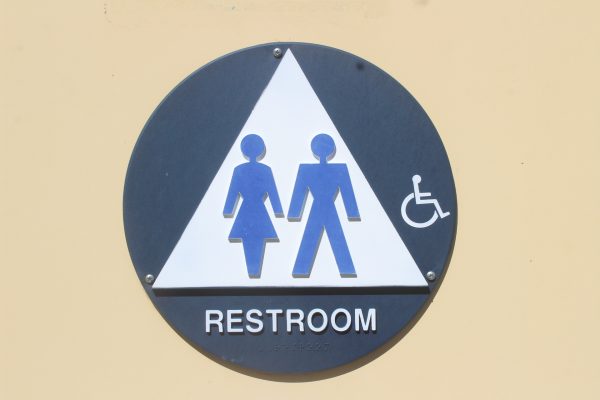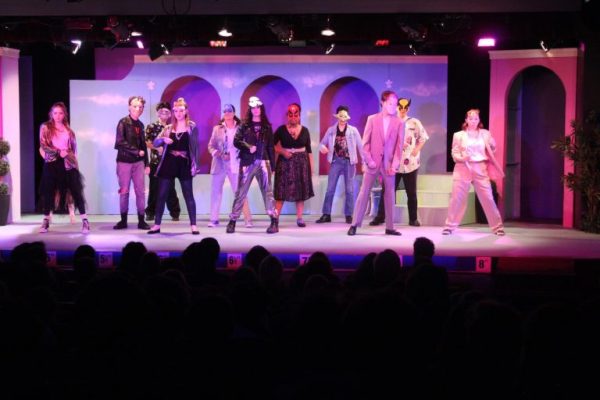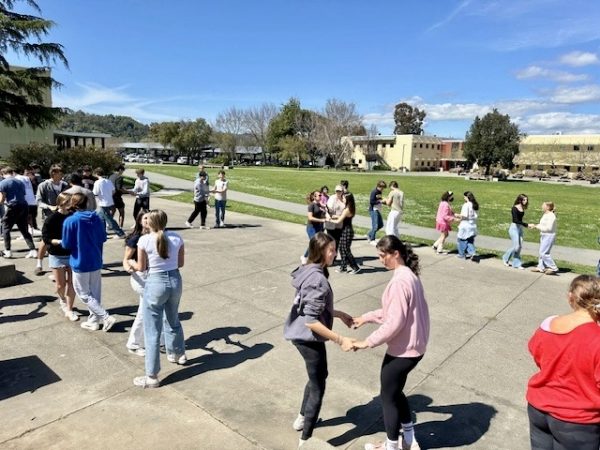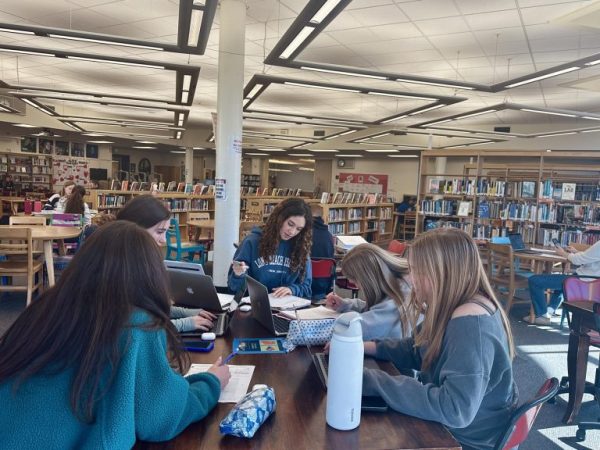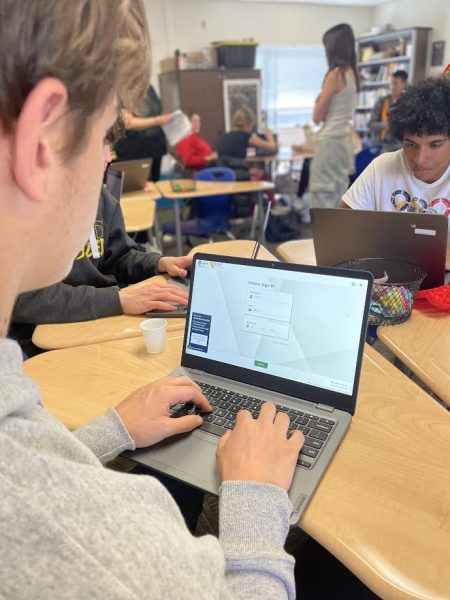Student-made COVID-19 app tests positive for success
December 15, 2020
“My mom is immunocompromised, so going back to school safely is my highest priority,” Beck Lorsch, a Marin Academy senior, said.
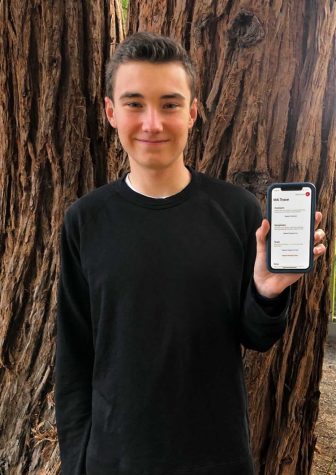
To help achieve that goal, Lorsch and Branson senior Amrit Baveja created a COVID-19 contact tracing app called MarinTrace. The app allows students to take a quick survey each morning to detail possible symptoms, record positive and negative tests and track who they have been in contact with.
“If someone reports a positive test, our system can go back into an auditable log of interactions and come up with a list of individuals who are either high-risk or low-risk for having COVID-19,” Baveja said.
Branson Head of School Chris Mazzola originally asked Baveja if he could create the app in March when schools were shut down. She knew that in order to re-open, Branson would need a way to contact trace, or track which students have been in contact with each other while also checking their symptoms.
“I knew we were going to need to figure out contact tracing,” Mazzola said. “If there was a positive test on our campus, [we need to] know all the students that this student has been in contact with. We also [knew that we would] have to do a symptom check every morning.”
Some of the biggest motivators for Baveja and Lorsch were the many challenges of online learning that students have been facing. After attending the Marin County COVID-19 meeting with Mary Jean Burke, who works on the Marin County Board of Education and Lisa Santora, Deputy Public Health Officer, they learned that many other kids in Marin are also struggling with online learning. Whether it is decreased motivation, difficulties understanding the material or other reasons, many students would benefit from going back to school.
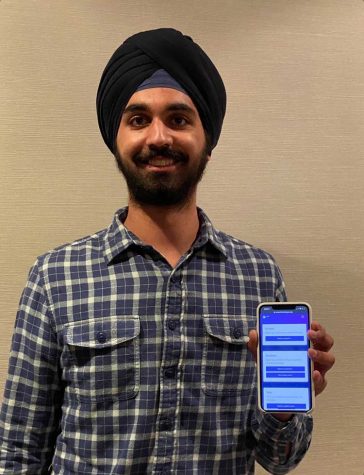
“It’s been really challenging to focus during distance learning. I’ve probably learned 10 percent of what I usually learn in class,” Baveja said. “We hope that the faster we can open up schools, the more personalized learning can become because right now we’re in a very impersonal education system.”
Mazzola has tried to advise and help Baveja and Lorsch in order to ensure the app is as effective as possible and can be used by many schools in the area. Some students think that this app could also be used at Redwood to help kids stay safe when returning to school. Junior, Lauren McKechnie believes that this app could be used on a larger scale at Redwood to keep track of which students have been in close contact with each other.
“It’s so hard to know who has been in contact [with each other] when there are so many different social connections at our school. If one person gets [COVID-19], you don’t know [who else] would be exposed,” McKechnie said. “[This app will] definitely help us stay in school and be safe at the same time.”
While some might worry that students may not be honest in tracking who they have been in contact with, Baveja and Lorsch agreed that it was in the best interest of the students to be truthful.
“It does ultimately rely on trust, but no more trust than if you were talking to a public health official,” Lorsch said. “[The app] makes it easy for you to keep track as you go throughout your day and week.”
To feel comfortable going back to school, McKechnie would want to be sure that students are taking the contact tracing seriously, and being truthful. She thinks that if the students work together, Redwood can become a safe place for in person learning during COVID-19.
“I think that if kids are motivated to stay in school, then [the app] would work,” McKechnie said. “It needs to be a group effort [where] people can’t lie or forget to [track] it one day.”
While making the app, Lorsch and Baveja faced several challenges. They had to be sure that their data was secure, otherwise, they could risk losing important information.
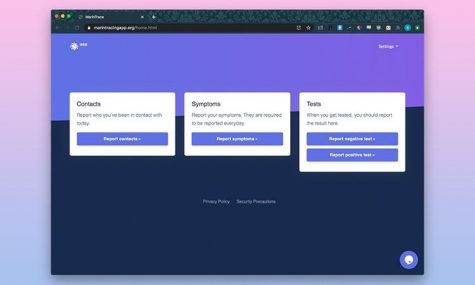
“It was imperative that we created a system that doesn’t lose any data. If someone reports a positive test or they report that they have symptoms, administrators need that information immediately to make actionable insights,” Baveja said. “It just needs to work a hundred percent of the time. If there’s even a small error in a little piece of the system, we could be losing data that could potentially save someone’s life.”
The obstacles did not end even after the app was complete. Since every student needed access to the app from their phone or computer, Lorsch worked for months just trying to get the app onto the IOS app store. What might seem like a simple task proved to be difficult – according to Lorsch, Apple is very selective about which apps they allow onto the app store, especially if they pertain to COVID-19. In October, all of their hard work paid off when MarinTrace was finally placed onto the app store.
“I think [the most rewarding moment was] finally downloading it from the app store and submitting a positive test to make sure everything worked,” Lorsch said.
A few students at Branson have been testing the app for the past months and the trial run has been very promising. They did not find any bugs in the system and both Marin Academy and Branson are planning on fully implementing the app in January.
Along with some of the other precautions Branson is taking, Mazzola believes that the app will allow the school to stay open longer and help students like Lorsch and Beveja feel more comfortable returning to school.
“[This app has allowed me to have] a greater degree of confidence that there are ways to protect my family [while attending school],” Lorsch said.

